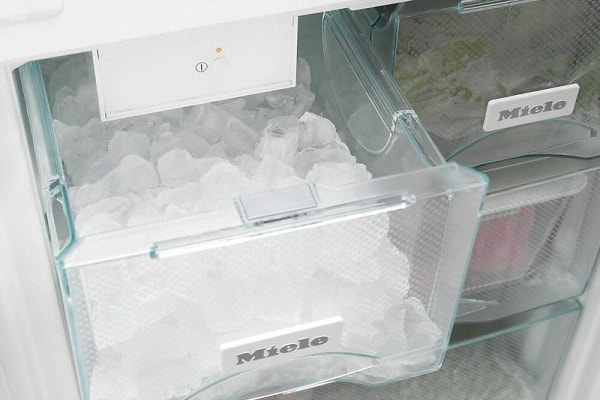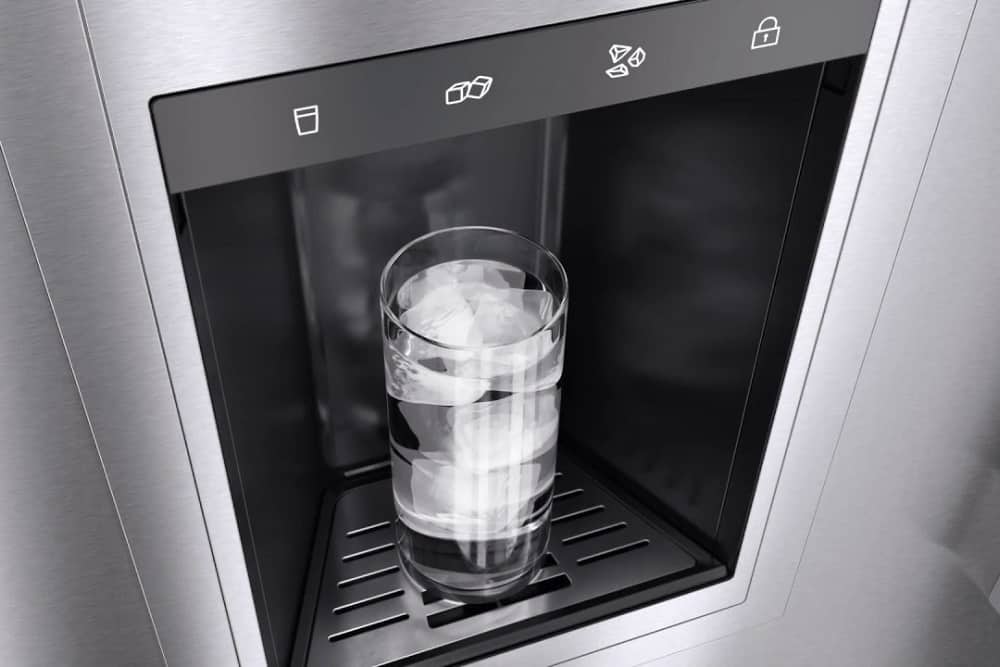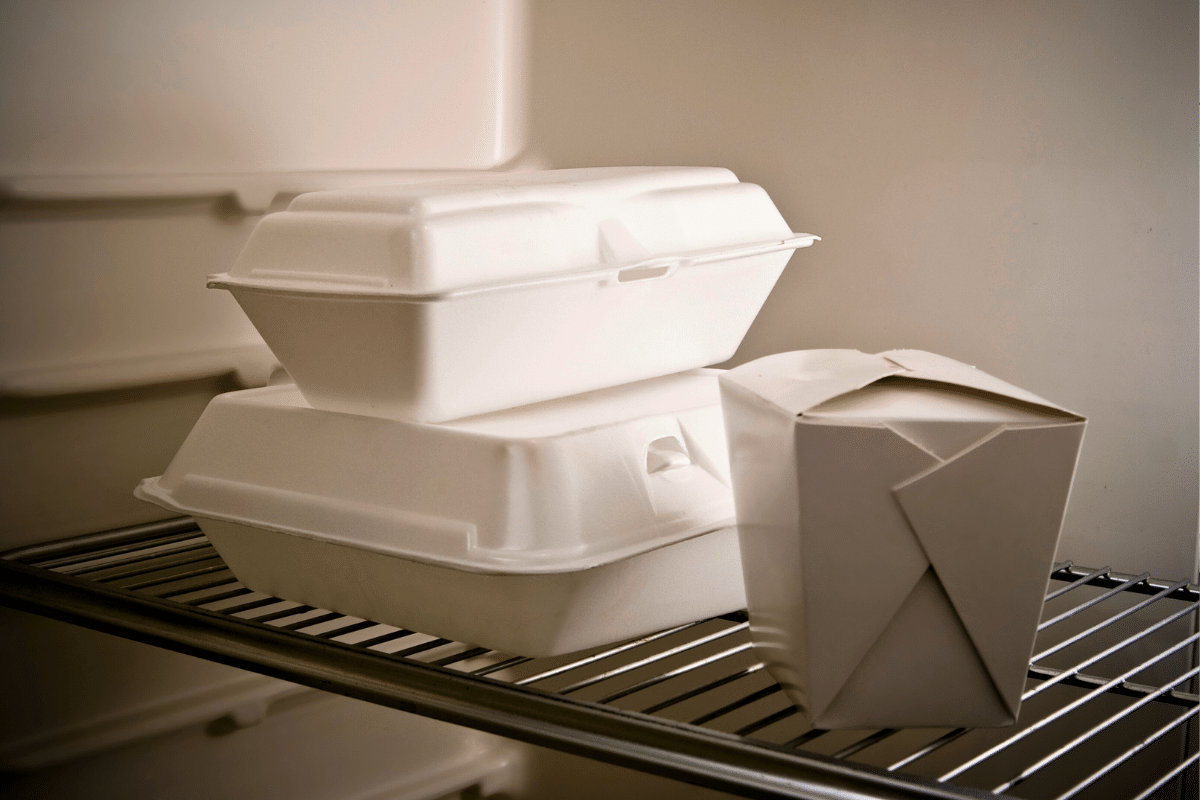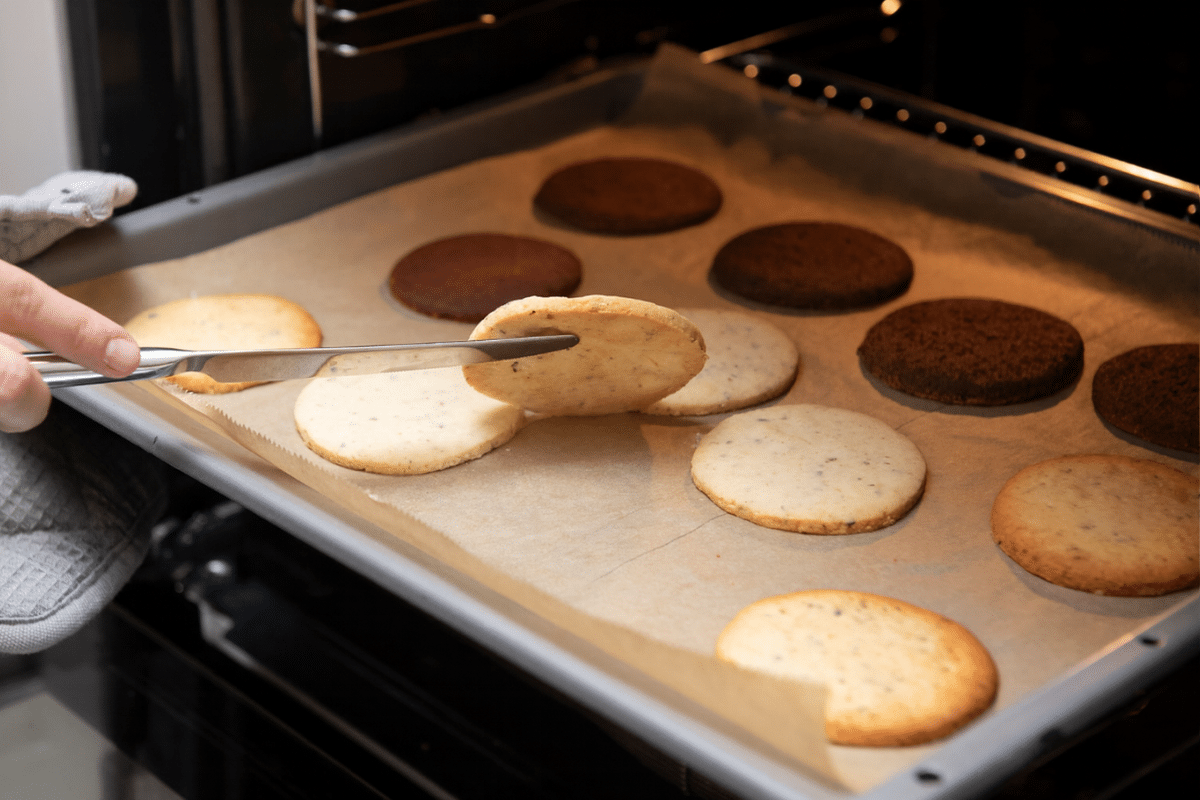Miele refrigerators are known for their quality and reliability, but even the best appliances can sometimes have issues. One of the most common problems with Miele refrigerators is when they stop making ice. This can be frustrating, especially during the hot summer months or when you’re hosting a party. We’ll show you the most common reasons why you have a Miele refrigerator not making ice, and provide troubleshooting steps to fix the issue.
Causes of a Miele Refrigerator Not Making Ice
When your Miele refrigerator is not producing ice, several potential causes could be affecting its performance. Understanding the possible causes of the problem can help you troubleshoot and resolve the issue more effectively.
Why Is My Miele Refrigerator Not Making Ice?
If your Miele refrigerator is not producing ice, the most likely causes are a frozen water line, a faulty water inlet valve, a malfunctioning ice maker, or a clogged water filter.
However, before seeking professional repair services, there are several simple and effective troubleshooting steps that you can perform on your own. These steps may help you identify the problem and potentially fix it without needing a repair service.
How to Troubleshoot Your Miele Refrigerator Not Making Ice
Step 1. Ensure the appliance is plugged in and that the ice cube maker is switched on. If it is the first time the appliance is being turned on, it can take up to 10 hours for the first ice cubes to be made.
Step 2. Check for stuck ice cubes. Check to ensure ice cubes aren’t stuck together, blocking the dispenser.
Step 3. Ensure the ice cube container is positioned correctly to allow ice to be produced. It should be under the ice cube maker as far as it can go. Ice will not be produced unless the container is completely closed.
Step 4. Ensure the freezer compartment temperature isn’t too high. The temperature should be set to -18°C to ensure proper functioning.
Step 5. Check that the water pressure is adequate. The water pressure should be between 25 and 80 psi.
Step 6. Make sure that the water supply to the refrigerator is turned on and that there are no leaks in the water line, and that it’s not frozen. If the water line leading to the ice maker becomes frozen, it can prevent water from flowing into the ice maker. If it’s the first time the ice maker is being used, the water supply line may need to be purged of air.
Step 7. Inspect the water inlet valve and check if it works properly. The water inlet valve is responsible for letting water into the ice maker, so if it’s faulty, it can prevent the ice maker from working correctly. If it’s not, it may need to be replaced.
Step 8. If the water filter is clogged, it can reduce the water flow to the ice maker, producing little or no ice. The water filter indicator will illuminate when it’s time to replace the filter. Depending on use and water quality, the filter should be replaced every six months.

Why is my Miele refrigerator making small ice cubes?
Ensure other appliances that use water, such as a dishwasher or washing machines, or the shower, aren’t being used at the same time.
How much ice should a refrigerator ice maker make?
A typical ice maker should produce 8 to 10 cubes per cycle and up to 120 cubes in a 24-hour period, depending on water supply pressure and quality.
How do I reset my Miele ice maker?
To reset a Miele ice maker, touch the ice sensor button so that it turns white. The water supply line must be turned off for several hours before the ice maker can be turned off.
How do you turn on a Miele ice maker?
A sensor button typically turns on and off Miele ice makers. It will turn yellow when it’s turned on and white when it’s turned off.
If you have more questions or are continuing to have issues with your Miele ice maker, give the Miele ice maker repair experts at Priority Appliance Service a call today.






























